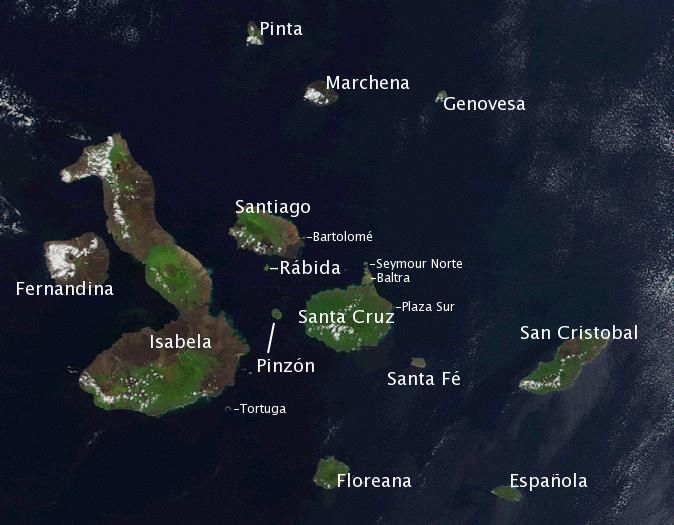If Yellowstone National Park is the crown jewel of the Greater Yellowstone Ecosystem (GYE), then Grand Teton National Park is the runner-up. Grand Teton National Park is the only other national park within the GYE landscape, and therefore plays a critical role in protecting the land, wildlife, and history of the area. Unless land is designated as a national park, national monument, or a wilderness area, then it still may be open to mining, logging, or ranching even if it's public land, such as a national forest. Just north of Jackson, Wyoming, Grand Teton NP is a major lure for the nature-based tourism economy of the GYE.
With breathtaking vistas of the jagged Teton range, wildlife viewing opportunities, and places of historic importance, your visit to Grand Teton will be unforgettable! Like Yellowstone to the north, Grand Teton NP is also home to herds of bison, elk, deer, bighorn sheep, and pronghorn. You are also more likely to see a moose near the banks of the snake river than in most other places of the GYE.
From a historical perspective, the valley floor on the teton range was not always thought of as an off-limits wilderness. As settlers began flooding into the area, John D. Rockefeller Jr. became concerned that this area would become just another western city along the rocky mountains. As a wealthy son of a wealthy father, Rockefeller began purchasing land all around the valley floor and eventually donated his land to the federal government to eventually become the national park we know it as today.
Historic buildings can still be visited around the valley floor, such as some old cabins and barns along what is known as Mormon Row. It is here where 5 Mormon families settled into the valley, which up until that point was known as a rough bachelor town. The Mormon settlers brought with them values of religion, community, and education.
With breathtaking vistas of the jagged Teton range, wildlife viewing opportunities, and places of historic importance, your visit to Grand Teton will be unforgettable! Like Yellowstone to the north, Grand Teton NP is also home to herds of bison, elk, deer, bighorn sheep, and pronghorn. You are also more likely to see a moose near the banks of the snake river than in most other places of the GYE.
From a historical perspective, the valley floor on the teton range was not always thought of as an off-limits wilderness. As settlers began flooding into the area, John D. Rockefeller Jr. became concerned that this area would become just another western city along the rocky mountains. As a wealthy son of a wealthy father, Rockefeller began purchasing land all around the valley floor and eventually donated his land to the federal government to eventually become the national park we know it as today.
Historic buildings can still be visited around the valley floor, such as some old cabins and barns along what is known as Mormon Row. It is here where 5 Mormon families settled into the valley, which up until that point was known as a rough bachelor town. The Mormon settlers brought with them values of religion, community, and education.
One of the famous pioneer barns at Mormon Row
Family selfie at Jenny Lake




























